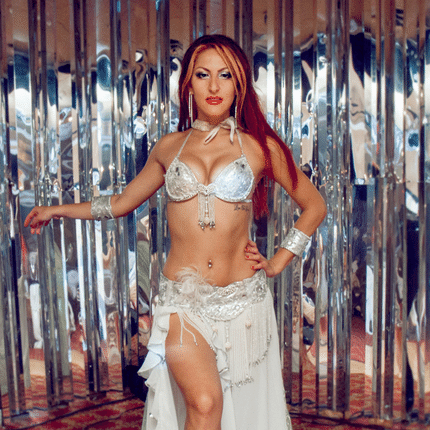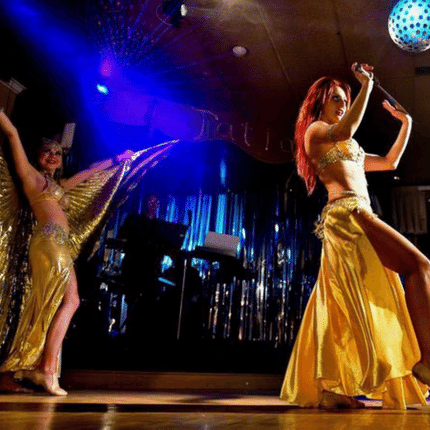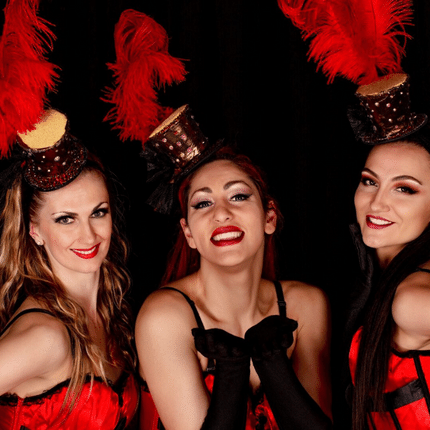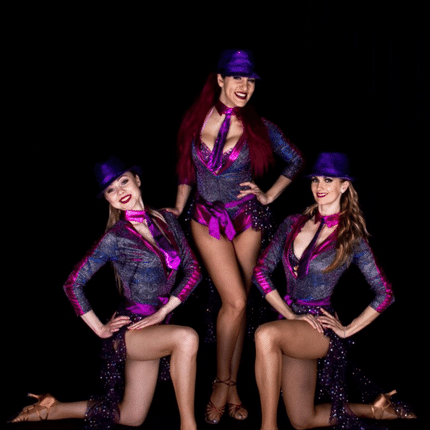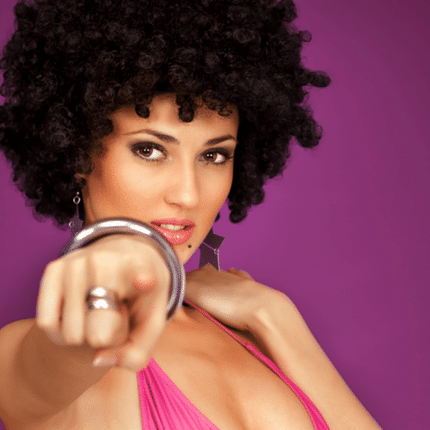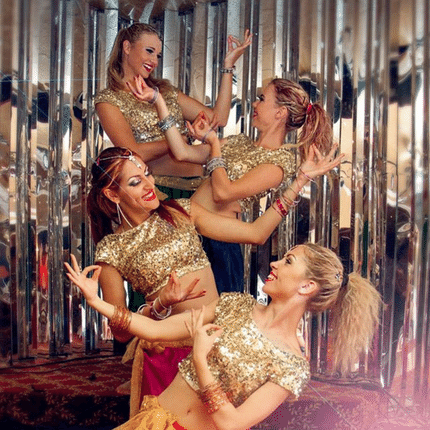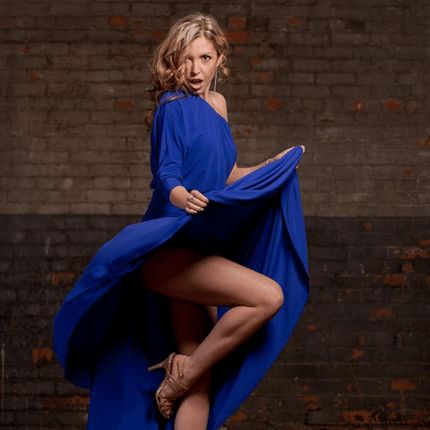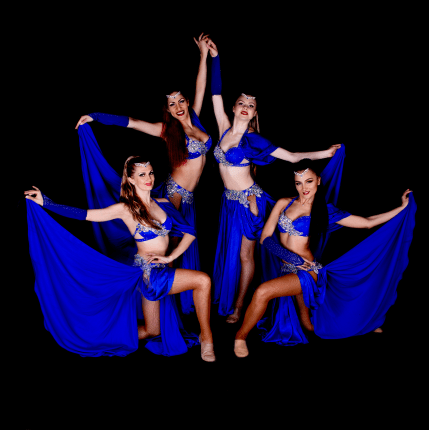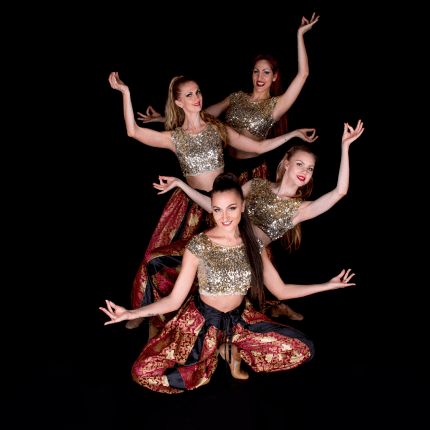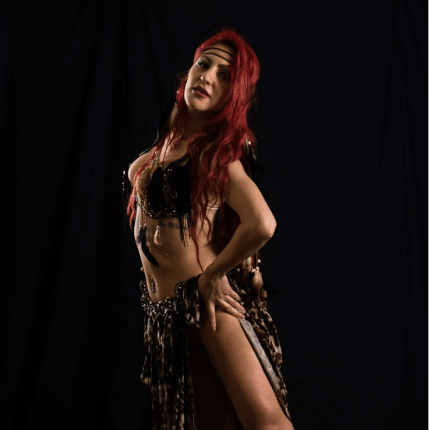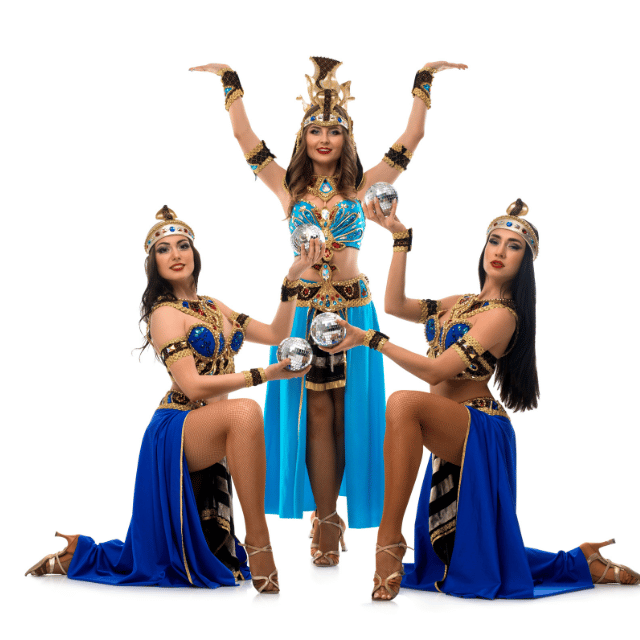How to Improve Your Body Lines When Dancing
In the dancing world, the lines created by a body are a pillar of the art form. The dancer's body is a canvas, and the way it moves and extends crafts a visual spectacle that can put audiences into a captivating spell.
The body lines are the positions and shapes performed by the body, which go from the dancer's head to their fingertips and toes. These lines are not just a contribution to the aesthetic beauty of a performance, but also an indicator of the dancer's technical proficiency.
The purpose of this blog is to give dancers valuable insights and techniques for them to improve body lines, allowing them to achieve a better and correct alignment as well as gain a more pleasing line. By focusing on developing clean and graceful body lines, dancers can enhance their performance quality and communicate their artistry more effectively.
We will delve into the many aspects of body lines in dancing, such as extension, limb lines, proper posture, articulation of the feet and hands, and expressive body lines in choreography. By addressing these key areas, dancers will gain a comprehensive understanding of how to optimize their body lines and elevate their dancing to new heights.
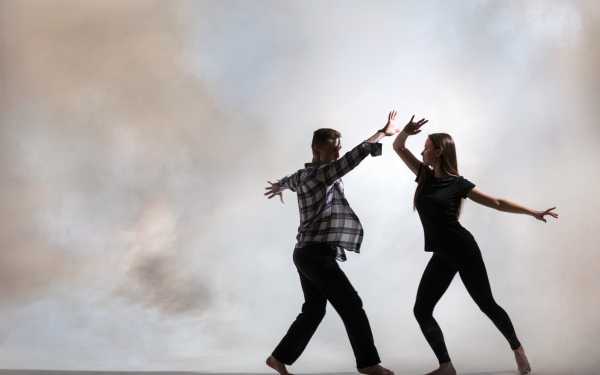
Understanding Body Lines in Dance
Definition
Generally speaking, we could define body lines as the visual shapes and alignments made by the dancer's body during movement. They enclose the coordination of the limbs, straightness, and extension, as well as the alignment of the upper body (torso, head, and spine).
Role of Body Lines in Enhancing Dance Technique and Aesthetics
Body lines play a vital role in both the technical and artistic aspects of dance. From a technical perspective, clean and well-defined body lines help dancers maintain proper alignment and execute movements with precision. By achieving correct alignment and elongating their lines, dancers can enhance the fluidity and efficiency of their movements.
Aesthetically, body lines create a visually pleasing picture for the audience. When dancers maintain long lines and parallel alignments, their movements appear more graceful and effortless. These elongated lines also create an illusion of space, giving the impression of larger movements and a captivating stage presence.
Common Challenges and Misconceptions Related to Body Lines
Many dancers face challenges when it comes to achieving and maintaining good body lines. One common misconception is that body lines solely rely on flexibility. While flexibility is important, it is not the sole determinant of clean lines. Core strength and awareness of limb placement are equally crucial.
Another challenge is maintaining proper alignment throughout complex movements. Dancers may find it difficult to coordinate the various parts of their body while executing intricate choreography. Additionally, some dancers struggle with excessive tension in the shoulders or collapsing through the core, which can hinder the creation of clean lines.
Understanding these challenges and misconceptions is essential for dancers embarking on the long journey of improving their body lines. By addressing these areas of concern and implementing proper techniques, dancers can gradually develop the awareness and control needed to create and maintain beautiful body lines throughout their movements.
HIRE FEMALE DANCERS: INCREDIBLE ENTERTAINMENT
Developing Proper Posture
Importance of Good Posture in Creating Clean Lines
Good posture serves as the foundation for creating clean lines in dance. It allows the body to align properly, ensuring that each movement is executed with precision and grace. When the body is aligned, parallel lines and longer lines can be achieved, enhancing the overall aesthetic quality of the dancer's performance.
Techniques for Achieving Correct Alignment and Posture
Engaging Core Muscles
A strong core is essential for maintaining proper posture. Dancers should imagine pulling their abdominal muscles in towards their spine to activate the core. This engagement provides stability and allows the body to remain centered and aligned.
Lengthening the Spine
Dancers should focus on elongating the spine to create a long line from the base of the spine to the top of the head. Imagine the spine as a string being gently pulled upwards, lifting the chest and lengthening the torso. This alignment helps in achieving an elongated and graceful posture.
Proper Placement of shoulders, neck and head
The position of the head, neck, and shoulders significantly influences the overall posture. Dancers should keep their head in a neutral position, with the chin slightly lifted and the eyes gazing slightly above the horizon. The neck should be lengthened and aligned with the spine, avoiding any excessive forward or backward tilt. Shoulders should be relaxed and drawn back, allowing the chest to open.
In dance class, instructors often emphasize these techniques during warm-up exercises and across various movements. By maintaining awareness of these details and consistently practicing correct alignment, dancers can gradually develop the muscle memory and body awareness needed to sustain proper posture throughout their routines.
Remember, good posture is not only essential during dance class or performances but should also be practiced in everyday life. By standing and sitting with proper alignment, dancers can reinforce and strengthen their postural muscles, allowing for improved lines and overall body control.
Enhancing Extension and Limb Lines
Stretching Exercises for Improving Flexibility
To enhance extension and limb lines, dancers should incorporate stretching exercises into their routine. This is because it improves and enhances flexibility and the range of motion, thus allowing for a greater extension and control of the movements.
Focus on targeting specific muscle groups like hip flexors, hamstrings, quads and shoulders, so you can increase your overall flexibility and obtain longer lines.
Strengthening Exercises for Increasing Extension and Control
Strengthening exercises are crucial for developing the necessary muscle strength to support extended lines and maintain control throughout movements. Engage in exercises that target the arms, legs, and core muscles.
Examples include pliés, relevés, leg lifts, and arm exercises with resistance bands. Building strength in these areas promotes stability and control, enabling dancers to extend their limbs with grace and precision.
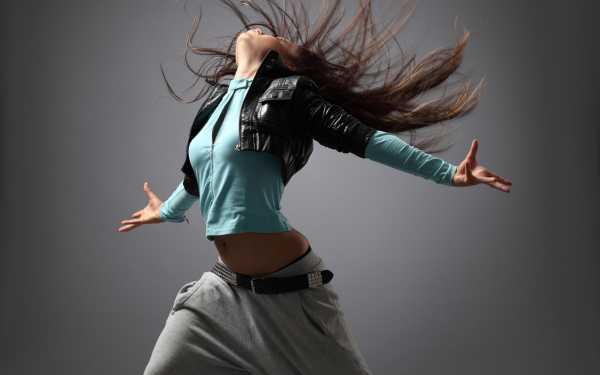
Tips for Elongating the Limbs and Maintaining Clean Lines During Movement
Awareness of Arm and Leg Placement
During movements, dancers should be aware of their arm and leg placement to achieve clean lines. Visualize extending the limbs as if reaching towards distal points in space. Be conscious of maintaining a straight line from the fingertips to the shoulders and from the toes to the hips. This awareness ensures that the limbs are fully extended and aligned, enhancing the overall visual impact.
The way you position your eyes can greatly impact the overall effect of your dance routine. Think of your distal points as punctuation marks in your performance. For instance, the head and neck can be likened to an exclamation mark, while the feet and hands mark the end or break in a line.
By consciously raising your eyes slightly to focus on a distant point, you can create the illusion of a longer line, adding grace and accuracy to your movements.
Creating Smooth Lines Through Fluid Transitions
Smooth transitions between movements contribute to clean lines. Pay attention to the pathways your arms and legs take during transitions, aiming for seamless and flowing movements. Avoid static or abrupt movements that interrupt the line. Instead, imagine your limbs moving through the air with a sense of energy and continuity, maintaining the desired shape and line throughout.
Remember, flexibility and strength go hand in hand when it comes to achieving optimal extension and limb lines. Regular stretching and strengthening exercises, combined with mindful awareness of arm and leg placement during movements, will allow dancers to naturally and effortlessly extend their limbs while maintaining clean lines.
With practice and dedication, dancers can unlock their full potential and create breathtaking lines that captivate audiences.
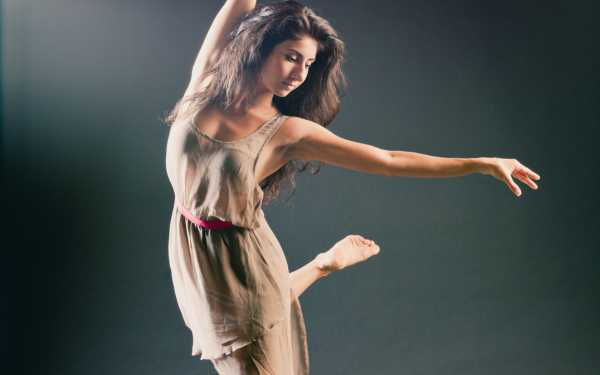
Expressive Body Lines in Choreography
Integrating Body Lines to Enhance Emotional Expression in Dance
Body lines have the power to convey emotions and enhance the expressive quality of dance. Dancers can utilize their body lines to communicate and evoke specific emotions or narratives within a choreographic piece.
By intentionally manipulating angles, shapes, and alignments, dancers can create visually striking and emotionally resonant moments in their performances. For example, elongated lines and fluid movements may convey a sense of serenity, while sharp and angular lines can express tension or aggression.
Exploring the Connection Between Body Lines and Musicality
Body lines in dance are intricately linked to musicality. Dancers can use their body lines to interpret and respond to the rhythm, dynamics, and phrasing of the music. By aligning their movements with the musical cues, dancers create a seamless fusion of sound and visual expression.
For instance, extending the lines of the body during a crescendo or matching the staccato beats with precise and sharp lines can accentuate the musicality of the choreography, captivating the audience and amplifying the impact of the performance.
Incorporating Dynamics and Intentionality in Body Line Execution
To fully maximize the impact of body lines in choreography, dancers must incorporate dynamics and intentionality in their execution. This involves varying the intensity, speed, and fluidity of body lines in response to the choreographic intent.
For example, a sudden change from long, sweeping lines to rapid, sharp movements can create a dynamic contrast that grabs the audience's attention. By being deliberate and purposeful in their body line execution, dancers can convey the desired emotions and engage the audience on a deeper level.
To Conclude...
Improved body lines in dance have a transformative power that goes beyond aesthetics. They enable dancers to express emotions, enhance musicality, and captivate audiences. By mastering body lines, dancers unlock a new level of artistic communication, elevating their performances to create impactful and memorable experiences.
Whether you are a ballet dancer seeking elegance and precision or a contemporary dancer aiming to convey emotion through your body lines, the insights, and techniques shared in this article will provide valuable guidance for developing good lines.
By investing time and effort into improving your body lines, you will unlock a new level of grace and artistry in your dancing, captivating audiences and leaving a lasting impression.


